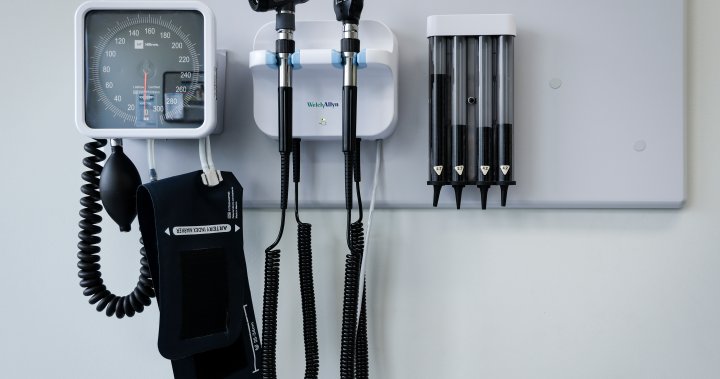
The Canadian Medical Association is asking the federal government to reconsider its proposed changes to capital gains taxation, arguing it will affect doctors’ retirement savings.
Kathleen Ross, the association’s president, says many doctors incorporate their medical practices and invest for retirement inside their corporations.
The proposed changes would increase taxes on those investments, something the association says will add “financial strain” for doctors who do not have a pension to rely on.
Ross argues the change could also affect recruitment and retention of physicians in Canada.
Doctors are the latest group to come out against the tax change, which is expected to largely affect wealthier Canadians and businesses.

The federal budget presented last week proposes taxing two-thirds rather than one-half of capital gains, or profit made on the sale of assets.
The increase in the so-called inclusion rate would apply to capital gains above $250,000 for individuals, and all capital gains realized by corporations.
“We have seen this portrayed by the government as tax fairness for every generation. But realistically, there are certain members of the population that are going to be more impacted,” Ross said in an interview.
The Liberal government has argued that the tax change is about levelling the playing field between those who earn income through capital gains versus employment.
They’re also selling the change as a way to make the wealthy pay more to support things like housing and health care for all Canadians.
But Ross pointed out that doctors would not be eligible for the $250,000 exemption to the higher inclusion rate, since the investments they make are largely inside corporations.

Physicians can still invest in a Registered Retirement Savings Plan — which is tax-advantaged — so long as they pay themselves a salary out of their corporation.
In a statement, a spokeswoman for Finance Minister Chrystia Freeland said the federal government is changing the capital gains inclusion rate “because it’s unfair that a nurse pays a higher marginal tax rate than a multi-millionaire.”
“These changes are in addition to the $200 billion we are investing in health care and the enhanced forgiveness of student loans for doctors and nurses wanting to work in rural and remote areas,” Katherine Cuplinskas said.
© 2024 The Canadian Press










